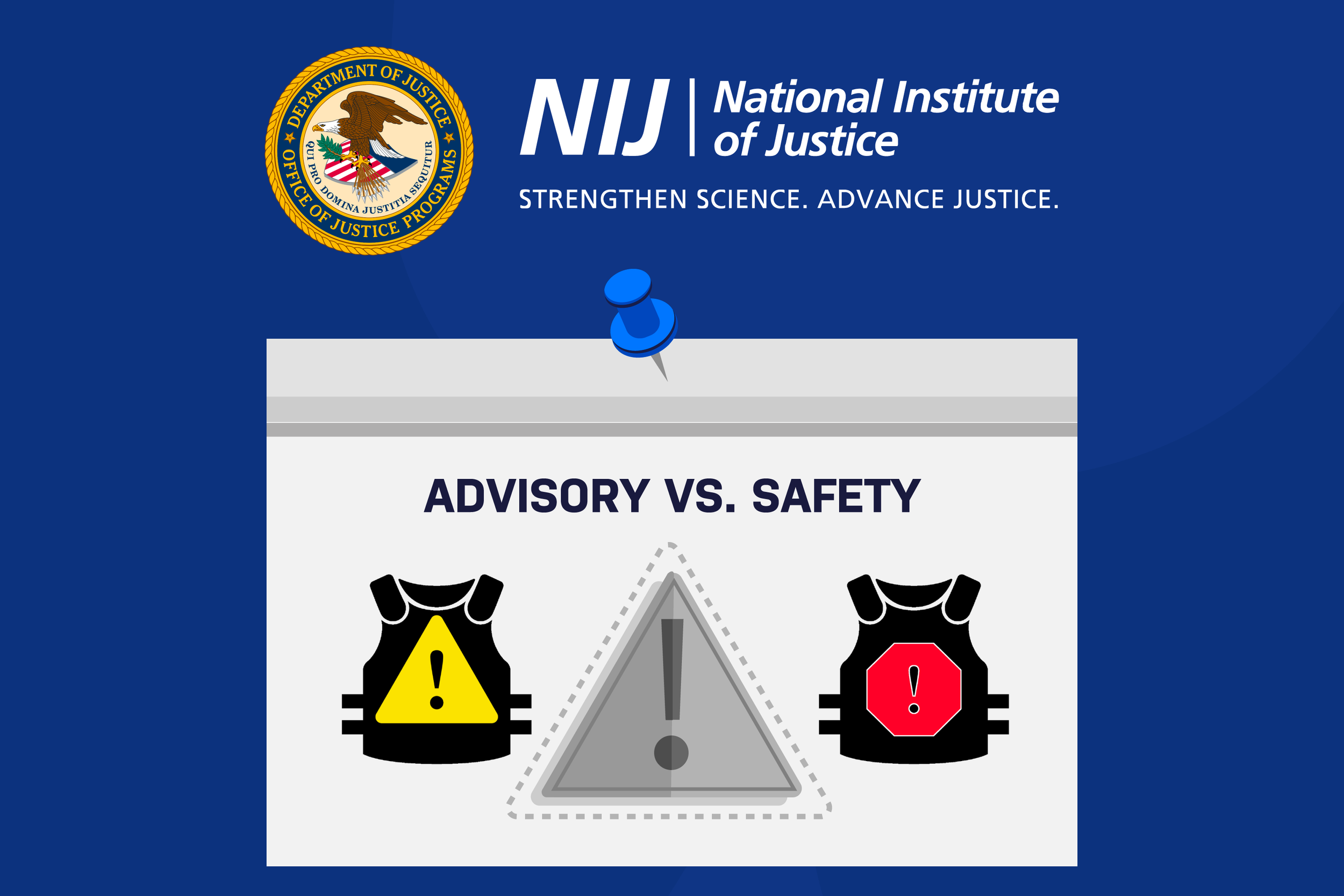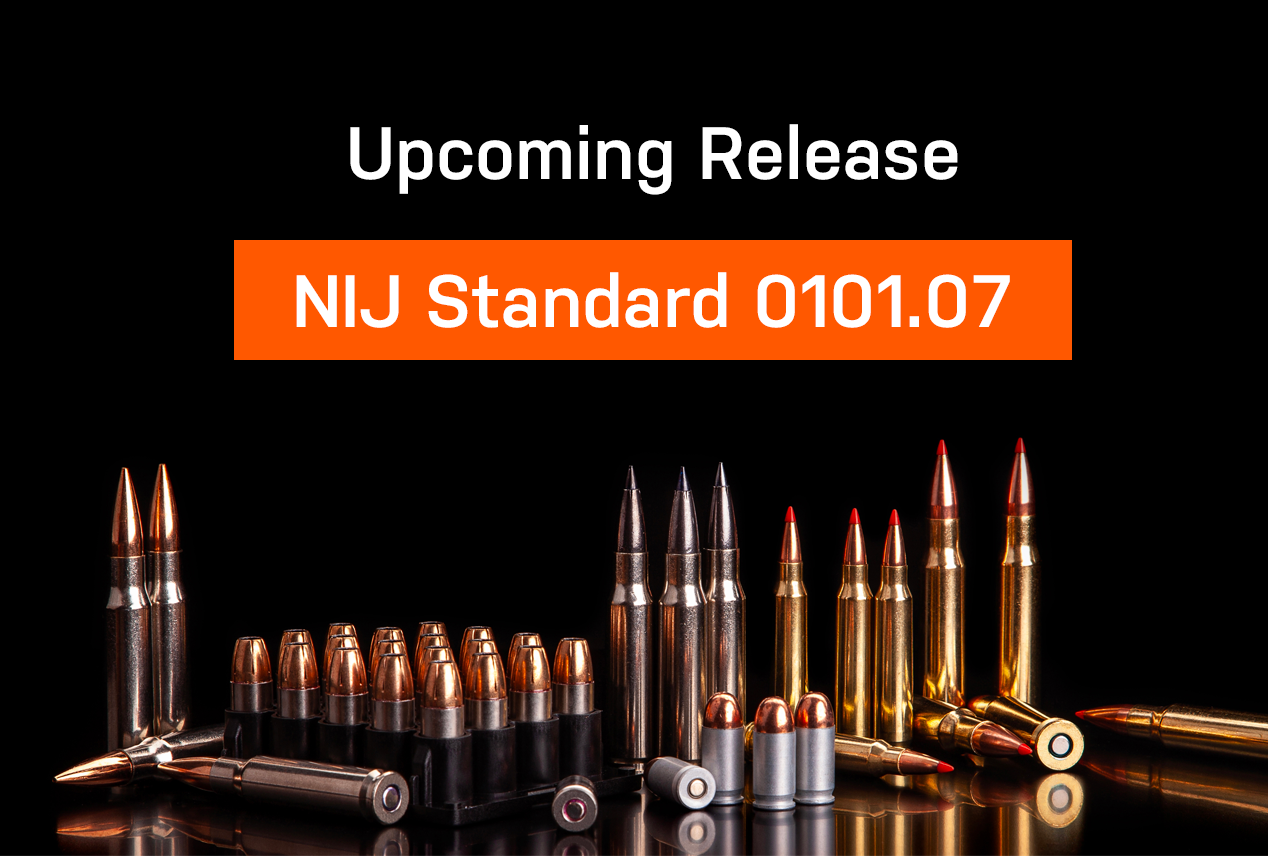
NIJ Advisory Notice vs. NIJ Safety Notice: What They Mean for Body Armor (XR32 & ShotStop Explained)
When a body armor model drops off NIJ’s Compliant Products List, the impact is immediate—procurement stalls, grants are at risk, and agencies face tough decisions about fielded gear. This article breaks down the difference between Advisory and Safety Notices, how the process unfolds, and what recent cases like XR32 and ShotStop reveal about compliance, risk, and response.

NIJ vs. VPAM: Comparing the World’s Leading Ballistic Protection Standards
When it comes to body armor, not all standards are created equal. The U.S.-based NIJ 0101.07 and Europe’s VPAM protocols represent two of the most recognized ballistic testing systems in the world—each with unique approaches to evaluating protection. From handgun and rifle threats to armor-piercing rounds and vehicle kits, this article breaks down how NIJ and VPAM differ in testing methods, performance metrics, and real-world applications. Whether you're supplying law enforcement or outfitting NATO forces, understanding these standards is critical to mission success.

The Essential Guide to NIJ's CJTEC Body Armor Management and CTP Clarifications
The article explores the National Institute of Justice's (NIJ) crucial role in managing body armor standards through its Compliance Testing Program (CTP) within the Criminal Justice Testing & Evaluation Consortium (CJTEC). It delves into the meticulous process of developing, testing, and certifying body armor to ensure it meets stringent safety and performance standards. Highlighting the significance of CTP clarifications, the article discusses how these administrative clarifications address ambiguities and ensure consistent application of standards. It also speculates on future clarifications and their potential focus areas, emphasizing the importance of a proactive and collaborative approach to maintain the efficacy of body armor standards.

NIJ Advisory Notices and NIJ Safety Notices to Law Enforcement and Corrections Agencies
The NIJ Compliance Testing Program (CTP) is vital for ensuring safety in law enforcement and corrections. Manufacturers voluntarily participate, demonstrating their commitment to quality. Advisory and Safety Notices play a crucial role, temporarily or immediately addressing concerns with body armor models. Understanding these notices is essential for manufacturers and end-users. Adherence to NIJ standards grants manufacturers a recognized mark of quality. The NIJ CTP's dynamic approach keeps standards current and effective in challenging environments. IntelAlytic supports adherence to compliance, prioritizing the long-term safety of body armor models and those who serve our communities.

Your Essential FAQ to Understanding Ballistic Resistance of Body Armor, NIJ Standard 0101.07
Following our previous publication, “Advancing Ballistic Resistance of Body Armor: A Comprehensive Guide to NIJ Standard 0101.07 and NIJ Standard 0123.00,” we present an essential FAQ. This resource gets down to the nitty-gritty of these standards, offering crucial insights into the latest in ballistic-resistant body armor. It's crafted for a wide audience, from law enforcement and first responders to industry professionals. This FAQ addresses the transition from NIJ Standard 0101.06 to 0101.07, focusing on armor classification, testing requirements, and their impact on industry practices, providing clear, concise, and vital information for all stakeholders.

Behind the Bulletproof Curtain: A Glimpse into Soft Armor, Hard Armor, and ICW Hard Armor
This article post explores the nuanced world of bulletproof vests, guiding readers through the maze of options to make informed decisions for their specific needs. Highlighting the strengths and limitations of soft armor (lightweight and concealable), hard armor (unmatched rifle protection), and ICW armor (versatile and adaptable). Ultimately, the right choice depends on threat level, mobility needs, and budget, while acknowledging that body armor is just one piece of the safety puzzle.

Bracing for Change: The Evolution and Upcoming Release of the NIJ Standard 0101.07
Experience a deep dive into the evolution from NIJ Standard 0101.06 to the highly anticipated NIJ Standard 0101.07 for Ballistic Resistance of Body Armor. Delve into the historical context, technological advancements, and international influences shaping these standards. Uncover the critical differences between the two, from threat categorization to testing methods. Explore the challenges faced by smaller manufacturers, including increased costs, extended certification periods, and infrastructural adjustments. Understand the potential market impacts and the risk of misleading marketing practices. Despite the hurdles, the transition signifies the industry's commitment to innovation and officer safety. Stay tuned for the official release, anticipated with a mix of excitement and trepidation, marking a significant milestone in body armor history.

